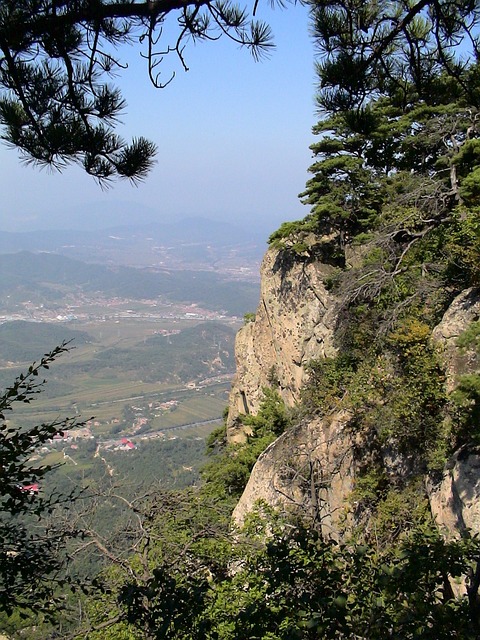Real estate development is a key driver of urban evolution, shaping city growth and dynamics. As metropolises expand, the demand for diverse property types increases, presenting both opportunities and challenges for developers. They must navigate limited land, rising densities, and complex regulations while managing costs and keeping pace with technology and consumer trends. Strategic foresight, agile planning, and a deep understanding of local markets are essential for success in this dynamic sector. Staying ahead involves market trend awareness, data-driven decisions, tech adoption, innovative developments, and community engagement.
In the dynamic landscape of rapid urban development, understanding the intricate interplay between real estate and city growth is key to business success. This article explores the opportunities and challenges faced by developers navigating bustling metropolises, where land is scarce and demand soaring.
We delve into strategies that enable businesses to thrive, staying ahead in a constantly evolving market. From identifying emerging trends to adopting innovative solutions, discover how to capitalize on the ever-changing real estate scene and secure a competitive edge in today’s urban frontier.
The Interplay Between Real Estate and Urban Growth

The rapid pace of urban development is closely intertwined with real estate, as cities expand to accommodate growing populations and economic activities. Real estate plays a pivotal role in shaping the physical landscape of urban areas, influencing everything from infrastructure development to community dynamics. As metropolises evolve, the demand for commercial, residential, and mixed-use spaces increases exponentially, driving investment and innovation within the sector.
Urban growth often prompts the reconfiguration of land use, with real estate developers playing a crucial part in navigating this transition. They identify emerging trends, anticipate future needs, and invest in projects that cater to the changing demands of cities. This dynamic interplay between urban development and real estate not only shapes the physical environment but also impacts economic vitality, employment opportunities, and the overall quality of life for residents.
Opportunities and Challenges for Developers in Rapidly Growing Cities

In rapidly growing cities, real estate developers face a unique blend of opportunities and challenges. The urban landscape is evolving at an unprecedented pace, driving high demand for residential, commercial, and industrial spaces. This presents a golden opportunity for developers to capitalize on emerging trends, such as smart city initiatives, mixed-use developments, and sustainable architecture. With limited land availability and rising population densities, developers must navigate complex regulatory environments and compete fiercely for prime locations.
Challenges include managing soaring construction costs, addressing infrastructure strain, and ensuring adequate supply to meet growing demands. Additionally, keeping pace with evolving consumer preferences and technology integration in real estate becomes paramount. Successful developers in these dynamic settings require strategic foresight, agile planning, and a deep understanding of local market dynamics to thrive amidst the constant flux.
Strategies to Navigate and Thrive in a Dynamic Urban Landscape

In a dynamic urban landscape, where real estate values fluctuate and development booms, businesses must adapt swiftly to thrive. Strategies for navigating this environment include staying informed about market trends, ensuring flexibility in operational models, and investing in robust data analytics for informed decision-making. Keeping pace with technological advancements is also crucial; leveraging digital tools can optimize resource allocation and customer engagement.
Real estate plays a pivotal role, but businesses should go beyond traditional strategies. Embracing innovative concepts like mixed-use developments or partnering with urban planners can unlock new opportunities. Additionally, fostering strong relationships with local communities and stakeholders ensures sustained growth, as dynamic landscapes demand collaborative solutions that benefit all parties involved.






